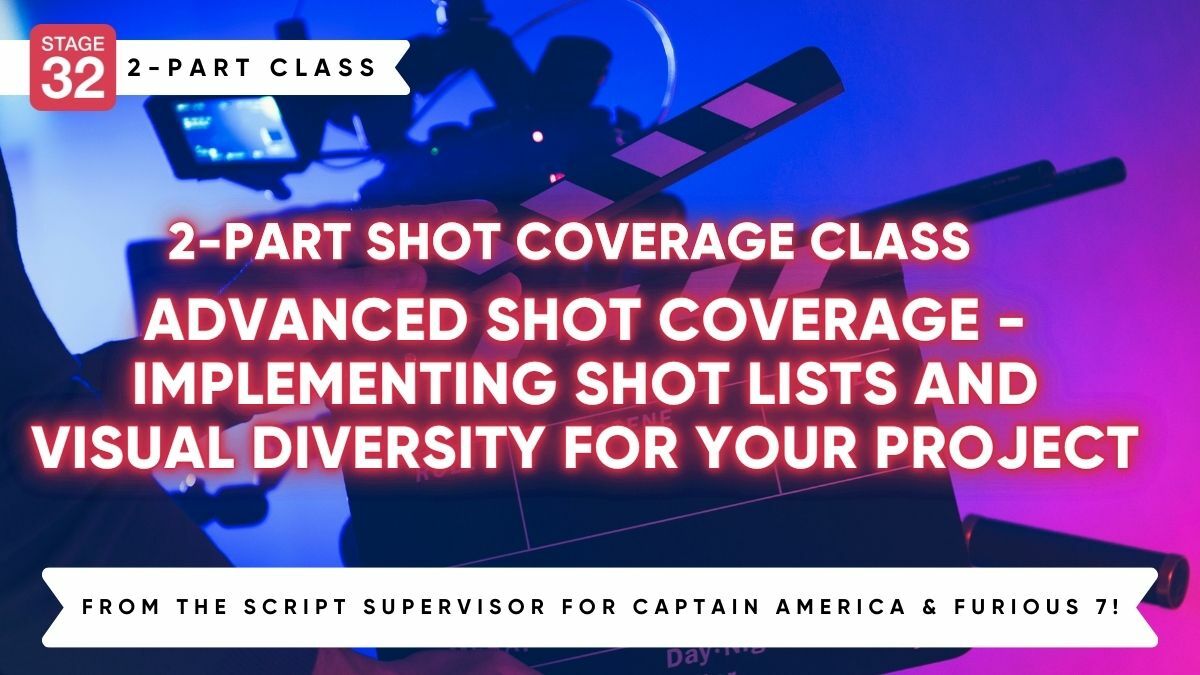How to Start and End Now more than ever the 1st scene is crucial, do you start on the antagonist with a bang? Establish the communal world? Establish the main character’s quirks or desires? But wait, the final showdown is the one that the audience will walk away with deciding how many rotten tomatoes it deserves… Contrary to popular belief the choice for these (and other) turning point scenes isn't about plot (at least at the meaningful level). Consider WITNESS: It opens on the idyllic Amish countryside as opposed to the gritty crime-addled Philadelphia, where the main character lives and works, we get there quickly but it is not our first impression. First impressions leave a lasting impression. And the final showdown of THE FUGITIVE, is in a laundry room, after all they’ve been through and that journey? Why? Because these amazing films showcase their themes and honor their story type structure at these crucial stages. WITNESS is a mythic story and sets us up that way; true righteousness (Amish) being stronger than self-righteousness (The cop’s current state). The rolling countryside is the setting for his journey, not the life he’s escaping. In THE FUGITIVE, the real murderer is hunted down in a place where things come clean. The truth shall set you free and get rid of that ring around the collar. Start to tackle this with your major turning points: Opening, 1st act break, Midpoint, 2nd act break, Final showdown. And see how you can place your characters in a scene that embodies your theme and supports the story type you are telling. Story type isn’t necessarily genre: THE GODFATHER is essentially a type of fairytale so it opens on a wedding (a communal/social setting that defines the society of the world). If the launch into to story is a journey, then the story type is mythical (WITNESS) where the turning points support the Joseph Campbell hero’s journey with your theme. If it is a curse or an event that brings people together or pulls them apart, the type is fairytale, so openings are communal and societal while supporting the theme. So the nut of it is, when it comes to theme – the why of your story – at the very least your major set up, turning points and final pay off need to embody it, [theme] and type of structure. This is the core of story structure. Like it or not, it makes a difference between mediocre and memorable. Your audience will be much more satisfied (even if on a subconscious level) if you accomplish this. Have a great weekend!


